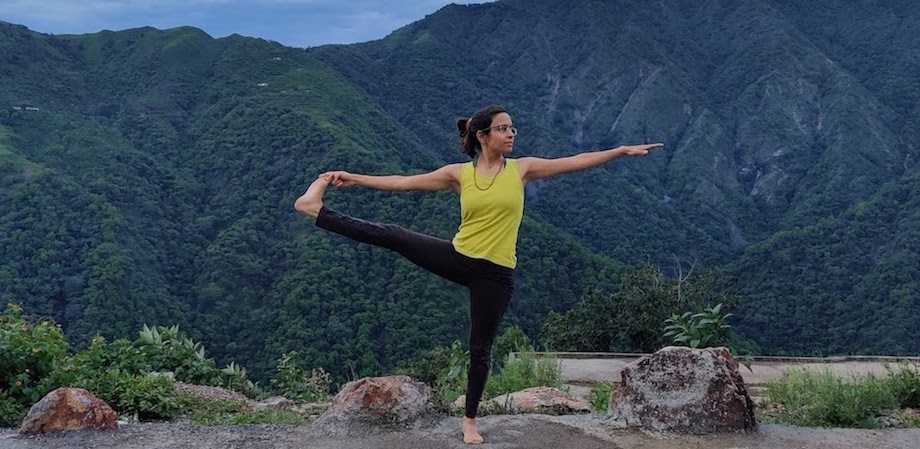A majority of Yoga taught today is in the form of just a physical asana practice and often mistaken to be an exercise. Once a yoga practitioner walked into my class and asked me to “rip” him apart with a challenging vinyasa session. He felt he needed it because he had been sitting and working the whole day with little movement.
Teachers and Yoga businesses often feel pressured by the needs of the customers and start offering yoga as a product – for weight loss , toning , gaining stamina or flexibility. While these could be desired by-products of an asana practice or even a sport, by doing this, we dilute the essence of the subject of yoga and how it is perceived at large.
In the yoga sutras Sage Patanjali describes the 8 limbs of yoga namely Yamas (Restraints) , Niyamas (Observances) , Asana (Postures) , Pranayama (Breath control) , Pratyahara (Withdrawal of senses) , Dharana (Concentration) , Dhyana (Meditation) and Samadhi (Absorption). Asana is one of the limbs and is not the goal of Yoga. The word Asana literally means “seat” and the purpose of its physical practice is to arrive at a position which is physically relaxed and enables one to sit and meditate.
The 47th Sutra in second chapter of Yoga sutras says –
प्रयत्नशैथिल्यानन्तसमापत्तिभ्याम् ॥ २.४७॥
Prayatna Saithilyananta Samapattibhyam II.47
A proper asana practice should bring a yogi to a stage where all Prayatna or efforts cease. The body becomes relaxed (Saithilya) and the yogi is able to transform the mind into a state of complete absorption(Samapattibhyam) with the Ananta or Infinite.
Exercise is a goal oriented activity which is done to achieve a desired physical result. It carries within it an attitude of achievement and competitiveness. It naturally increases one\’s sense of identification with the body. A result oriented activity will keep us tied in the realms of mind. A yoga practice done with similar goals cannot settle a mind for meditative contemplation. Purpose of asana is to shift our awareness from a busy mind to the sensations on the physical body. To mentally arrive into the body and be able to observe it without any judgment. The eventual goal is to create a sense of detachment from the body itself. This allows one to be prepared to sit in contemplation of their true nature which is not tied to identities of the body or mind.
The practice of Embodied Movements uses a method of inquiry with the body. It encourages taking cues from the body rather than directly imposing a rigid mental idea of an asana on it. This strengthens a practitioner\’s capacity in being present with ease in postures and preparing them for meditation.
While one may also start their Yoga journey to mainly practice Asanas for its physical benefits. That is a very limited approach to Yoga Asanas. An asana practice is done like a sadhana – under proper guidance for years together may lead to further curiosity towards one\’s spiritual growth.
Connect with us

